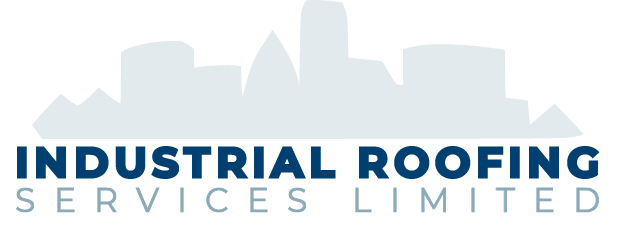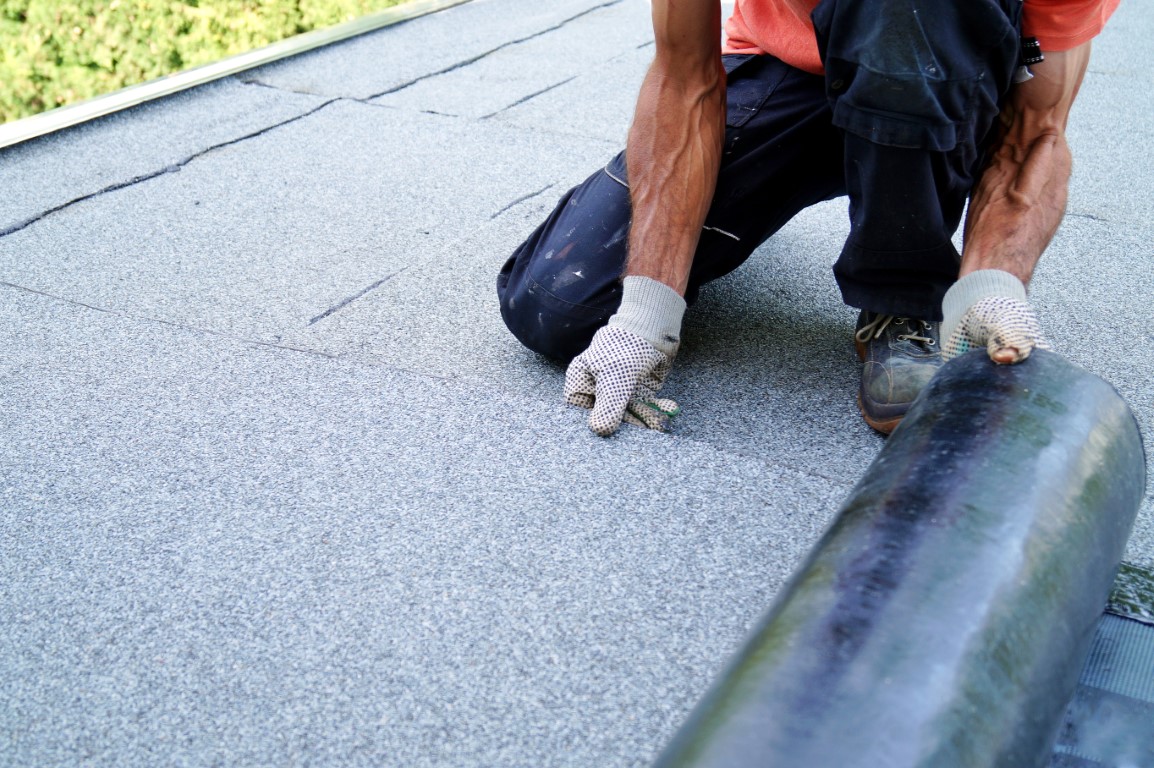EPDM roofing systems have emerged as a leading choice for commercial building owners seeking durability, cost-effectiveness, and energy efficiency. If you’re considering EPDM for your flat roof, you’ve come to the right place. In this comprehensive guide, we’ll walk you through everything you need to know about EPDM roofing, from its definition to maintenance requirements and a comparison with other roofing materials like TPO and PVC. Let’s dive in!
Industrial Roofing is Elevate-Firestone, Genflex and Carlisle Syntec approved applicators of EPDM membranes.
What is EPDM Roofing?
EPDM, or Ethylene Propylene Diene Monomer, is a synthetic rubber material commonly used for flat and low-slope roofs. It’s renowned for its longevity, flexibility, and resistance to extreme weather conditions. EPDM roofing membranes are available in various thicknesses and widths, making them suitable for a wide range of commercial applications.
Different Types of EPDM Membrane
EPDM roofing membranes come in three main types: standard, reinforced, and fleece-backed.
Standard EPDM Membrane
- This type of EPDM membrane consists of a single layer of EPDM rubber.
- It offers basic waterproofing properties and is suitable for low-slope roofs with minimal foot traffic.
- Standard EPDM membranes are cost-effective and easy to install, making them a popular choice for budget-conscious projects.
Reinforced EPDM Membrane
- Constructed with a tough polyester reinforcement sandwiched between two EPDM membranes.
- Offers enhanced durability and puncture resistance, making it suitable for mechanically attached and fully adhered systems.
Fleece-Backed EPDM Membrane
- Features a layer of fleece laminated to the underside of the EPDM rubber.
- Provides additional strength and dimensional stability, making it ideal for high-traffic areas and roofs with complex geometries.
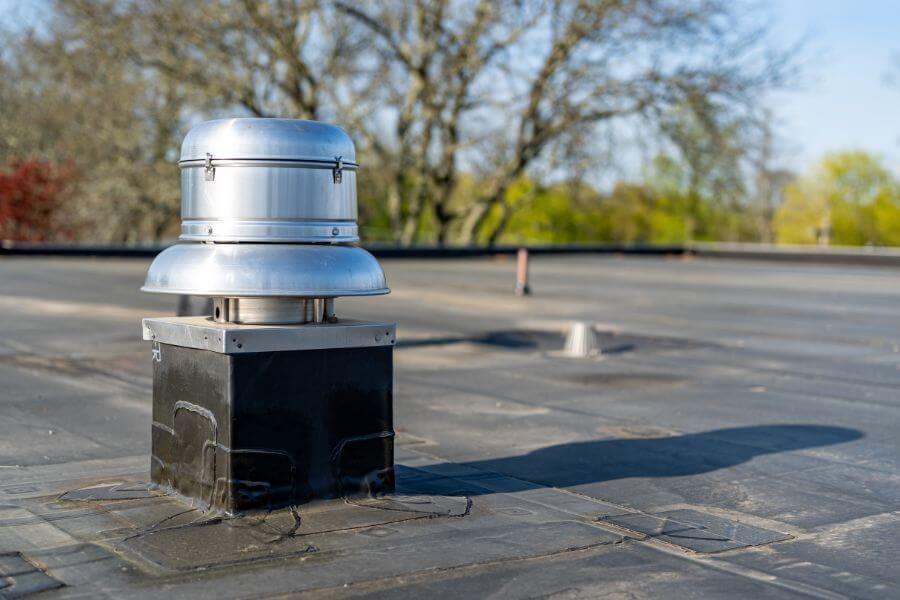
Different EPDM Roofing Installation Methods
Installation for EPDM flat roofs offer three main methods: fully adhered, mechanically fastened, and ballasted systems.
Fully Adhered System
- Adhesive secures the membrane to the entire roof surface, resulting in a seamless and durable roof.
- Requires professional installation and can be more expensive due to adhesive costs.
- Offers superior waterproofing and durability when installed correctly.
Mechanically Fastened System
- Uses screws and plates to attach the membrane to the roof structure, followed by sealing with adhesive.
- Cost-effective option suitable for cold weather conditions.
- Requires proper selection and installation of fasteners to prevent loosening over time.
Ballasted System
- Utilizes heavy materials like gravel or pavers to hold the membrane in place.
- Offers energy savings, lower installation costs, and protection from UV light and physical damage.
- Higher maintenance costs and challenges to inspect and repair due to the need to remove ballast materials.
EPDM Roofing Maintenance Requirements
EPDM roofs require minimal maintenance but benefit from annual cleaning and inspection. Here’s what you need to do:
- Clean the roof surface to remove debris, dirt, and algae buildup.
- Inspect seams, flashings, and penetrations for any signs of damage or deterioration.
- Address any issues promptly to prevent water infiltration and extend the roof’s lifespan.
Schedule annual or bi-annual flat roof maintenance for EPDM systems with Industrial Roofing. Please note: your warranty package might be dependent on regular maintenance, please refer to your warranty package for recommendations on maintenance timelines.
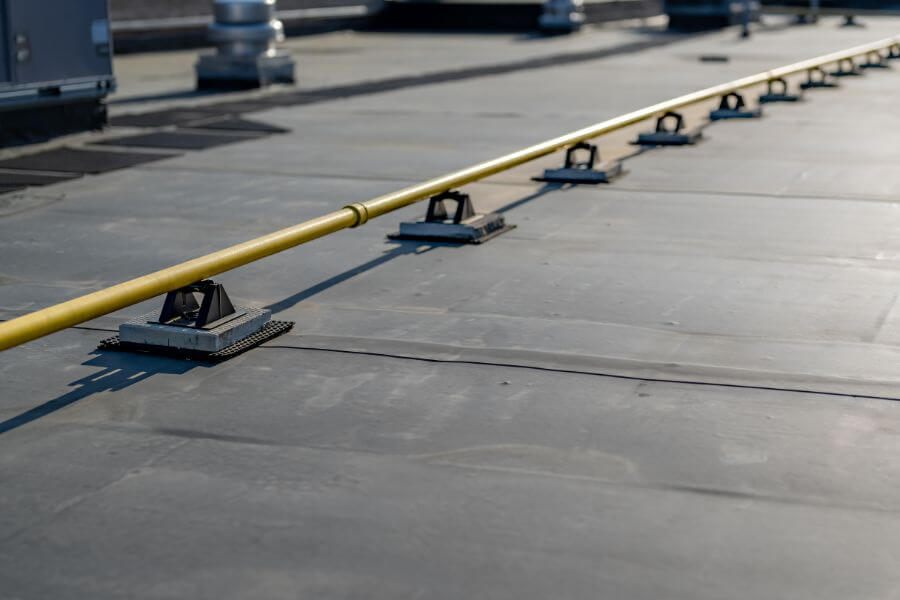
EPDM vs TPO vs PVC Roofing
When choosing between EPDM, TPO, and PVC roofing, consider the following factors:
- Cost: EPDM is generally the most cost-effective option, followed by TPO and PVC.
- Longevity: EPDM roofs can last up to 40 years or more, while TPO and PVC roofs have shorter lifespans.
- Maintenance: EPDM requires minimal maintenance, while TPO and PVC may need more attention.
- Energy Efficiency: TPO and PVC roofs offer better energy efficiency due to their reflective properties.
- Durability: PVC roofs are the most durable, followed by EPDM and TPO.
- Installation: All three materials are quick and easy to install, but installation methods may vary.
EPDM roofing systems offer commercial flat roof owners a durable, cost-effective, and energy-efficient solution for flat roofs. Understanding the different types of EPDM membranes, installation methods, maintenance requirements, and comparisons with other roofing materials like TPO and PVC can help you make an informed decision for your property.
If you have any questions or need assistance with EPDM flat roof replacements, or EPDM flat roof repairs, don’t hesitate to contact Industrial Roofing Services Limited for expert guidance and support.
